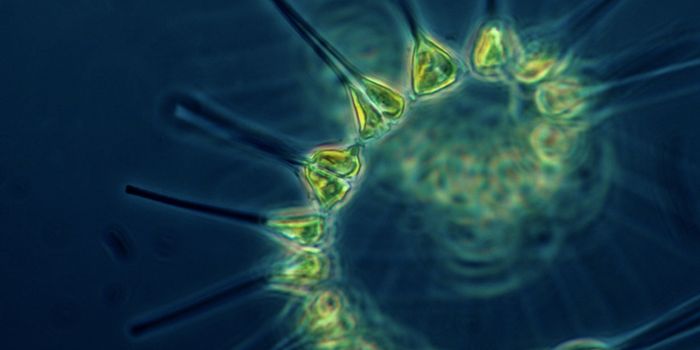Evolutionary Cousin to Fibonacci Spirals Discovered
Named for the Italian mathematician, Leonardo Fibonacci, Fibonacci spirals are a distinctive shape related to the Fibonacci sequence — 1, 1, 2, 3, 5, 8, 13, etc — in which each number is the sum of the two previous ones.
Scientists have found the Fibonacci spiral to be particularly widespread in plants, with the spiral found in more than 90% of the 650 plant species analyzed in one study. A similar study looked at more than 6,000 pine cones and identified Fibonacci spirals in 97% of them. The arrangement of a plant’s organs (such as its leaves) around a central axis (such as a stem) is called phyllotaxis, a category that is dominated by the Fibonacci spiral in today’s plants.
The widespread nature of these spirals led scientists to assume that Fibonacci spirals had evolved in the earliest plants and then became highly conserved in plants.
However, a new study from the University of Edinburgh has discovered 407-million-year old plant fossils lacking the pervasive Fibonacci spiral.
Found in the Rhynie chert, a famous fossil site in Scotland, an exceptionally preserved fossil of the clubmoss Asteroxylon mackiei was used to produce the first 3D models of the species. The 3D model contained a non-Fibonacci spiral, indicating that such arrangements were common in ancient clubmosses. Notably, this finding points to two separate paths of evolution for plants, with clubmosses evolving distinctly from other plants that live today. It also suggests that Fibonacci spirals may have emerged over the course of plant evolution independently multiple times in the past.
The model was reconstructed using images of thin fossil slices, to which digital reconstruction techniques were then applied by digital artist Matt Humpage.
"Our model of Asteroxylon mackiei lets us examine leaf arrangement in 3D for the first time,” said project lead Dr. Sandy Hetherington. “The technology to 3D print a 407-million-year old plant fossils and hold it in your hand is really incredible.”
Sources: Journal of Theoretical Biology; Acta Societatis Botanicorum Poloniae; Science; ScienceAlert; ScienceDaily








